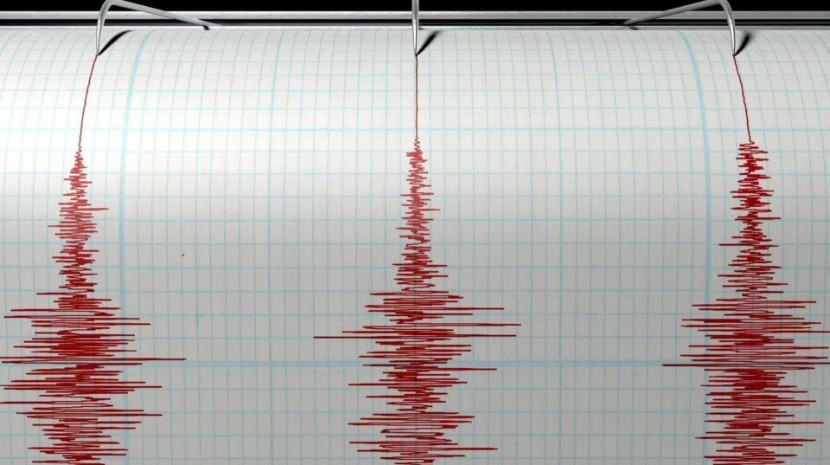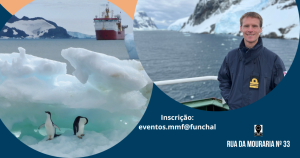Portuguese researchers consider the island of São Jorge a be a real time live laboratory in which they can study a crisis characterised by thousands of earthquakes, and where, “all scenarios are on the table.”
“It is a unique opportunity that we are experiencing,” said João Fontiela, a researcher at the Institute of Earth Sciences at the University of Évora, who travelled to the island of São Jorge to install 15 seismic stations.
João Fontiela said that this work on the ground, in the municipality of Velas, where the epicenters of the thousands of earthquakes already recorded since the 19th of March have been recorded, does not consist of “monitoring at the time of crisis,” a function that is performed by the Centre for Information and Seismovolcanic Surveillance of the Azores (CIVISA), and by the Portuguese Institute of Atmosphere and Sea (IPMA).
“What we want to acquire is the quantity and quality of data to allow us to study these phenomena and try to understand the geological process underlying this crisis, and with the data that we are collecting it could be possible to create an X-ray of the island, in geological terms.”
According to João Fontiela, what has been happening in São Jorge for about a week, is a sudden appearance of non-standard earthquakes in terms of frequency in the area. Annually São Jorge has few earthquakes, and now we are talking about thousands, and believes that the current situation could last for months, citing the 1964 crisis, which lasted about two years, and which, with the “reappearance of non-standard seismic activity,” culminated in an eruption.
Rui Fernandes, another researcher and scientist from the University of Beira Interior and the Laboratory for Geosciences (C4G), who is also in São Jorge, admitted that “without getting into alarmism, all scenarios are possible. The risk signs have increased significantly compared to a month ago, but from there we cannot extrapolate what will happen in the near future.”
As part of his scientific studies, Rui Fernandes has been installing GPS stations in the municipality of Velas, which are capable of measuring the position with millimeters of error margin. “The objective is to see if on the surface we can see any relative movements that reflect what is happening underneath and at the moment there is no significant deformation. If we didn’t have this crisis, I would say that nothing was happening, especially as when magma begins to rise, the surface area starts to bulge and deform.”
During his recent trip to the Azores, to visit crisis monitoring stations and attend a CIVISA briefing, the President of the Republic, Marcelo Rebelo de Sousa, addressed the population asking them to remain calm, not to give into alarmism, and to trust the experts.
“Given what I’ve heard so far, all is calm and tranquil, and there is no reason for alarmism.”
The island of São Jorge has recorded more than 14,000 earthquakes, around 200 of which have been felt by the population, since the beginning of the seismic crisis. Already, the number of registered earthquakes is more than double the total recorded in the entire Autonomous region of the Azores during 2021.
About 2,500 people have already left the municipality of Velas, the centre of the seismic crisis. 1,500 by air and sea, and the rest to the neighbouring municipality of Calheta, which is considered safer by experts.
The island is at volcanic alert level V4 (threat of eruption) out of a total of seven, where V0 stands for “rest state” and V6 “eruption in progress”.
The seismovolcanic crisis in São Jorge began at 16:05 on the 19th of March, with the most energetic earthquake occurring at 18:41 with a magnitude of 3.3 on the Richter scale.
According to provisional data from the 2021 Census, the island of São Jorge has 8,373 inhabitants, of which 4,936 reside in the municipality of Velas and 3,437 in the municipality of Calheta.
Samantha Gannon
info at madeira-weekly.com


